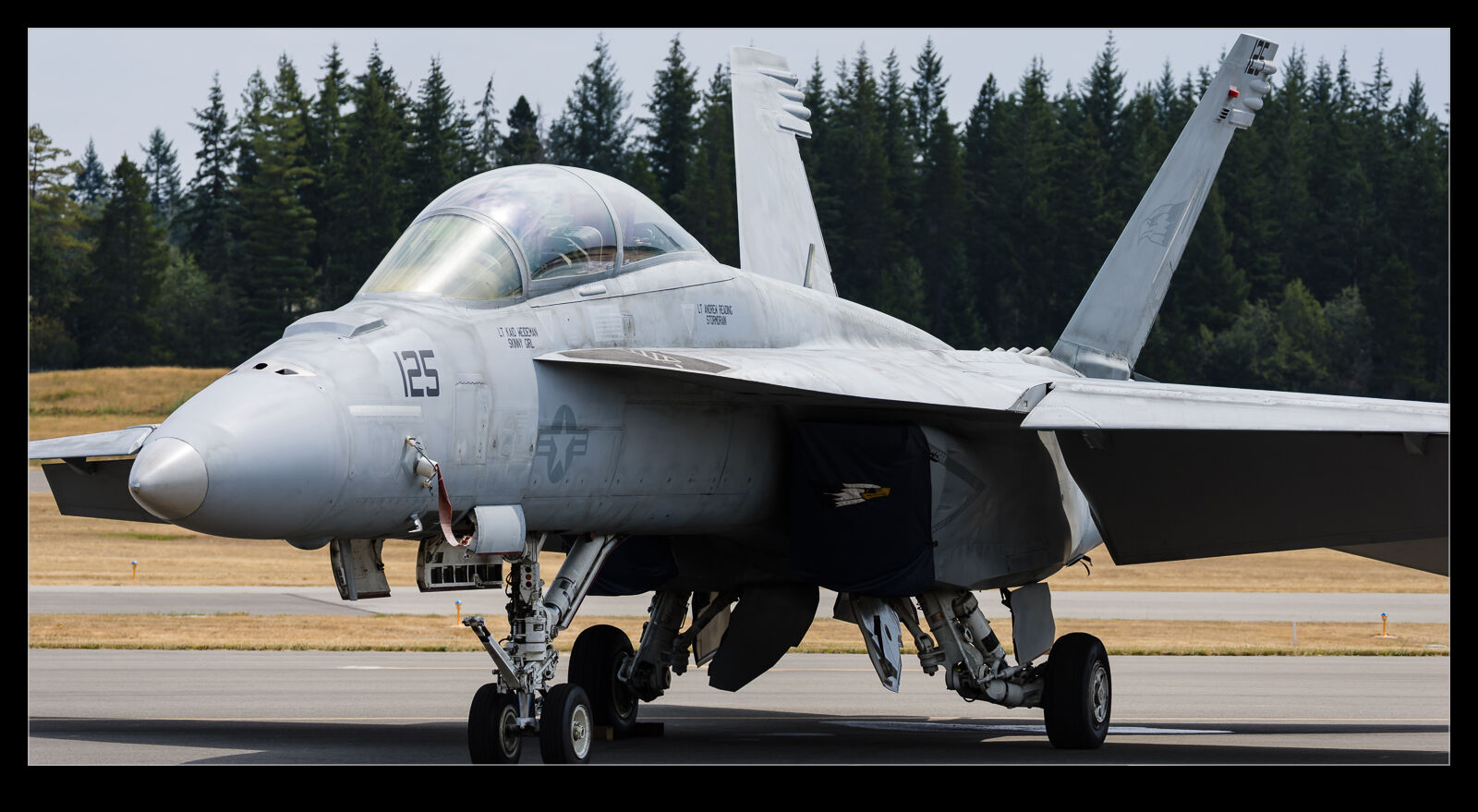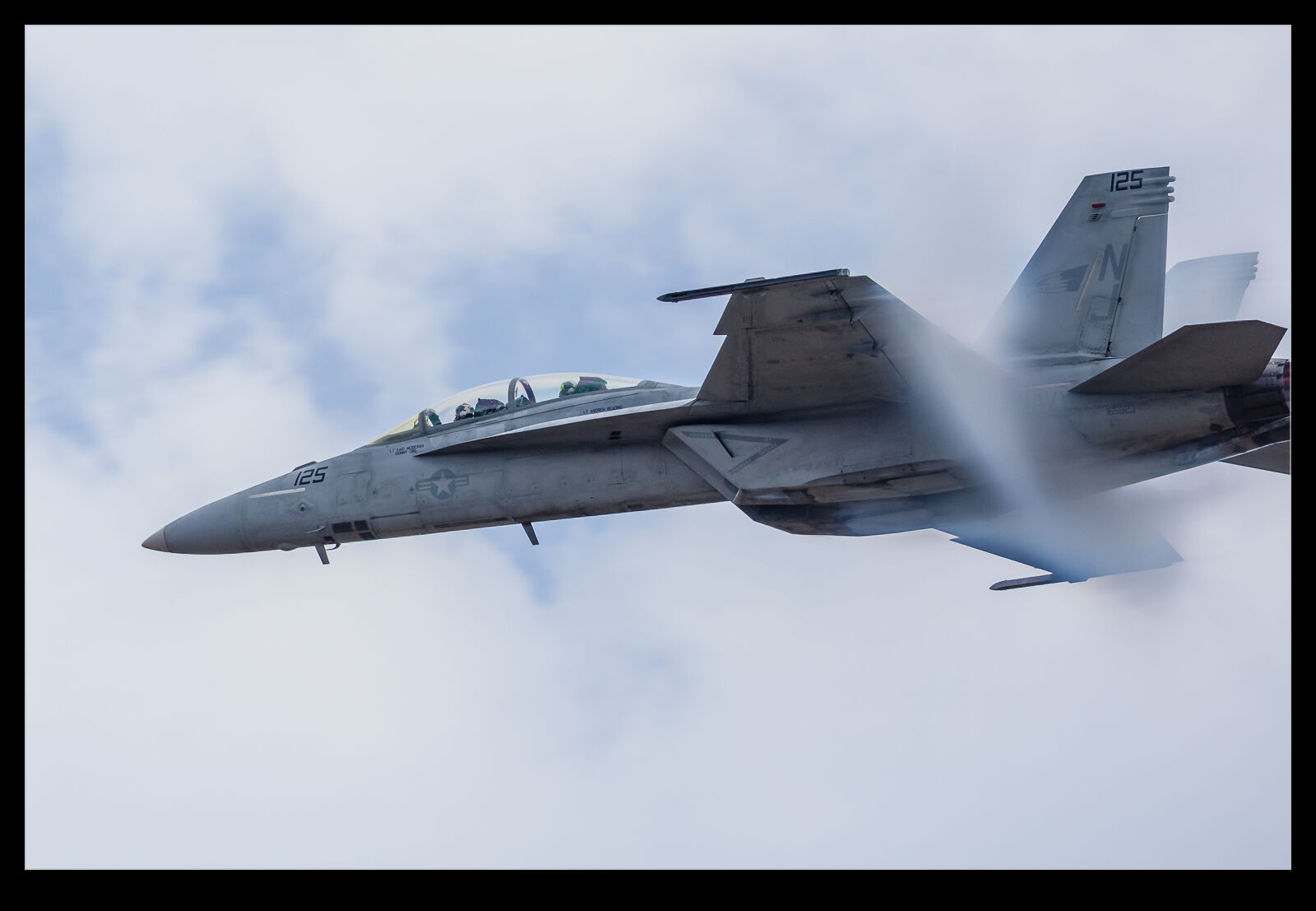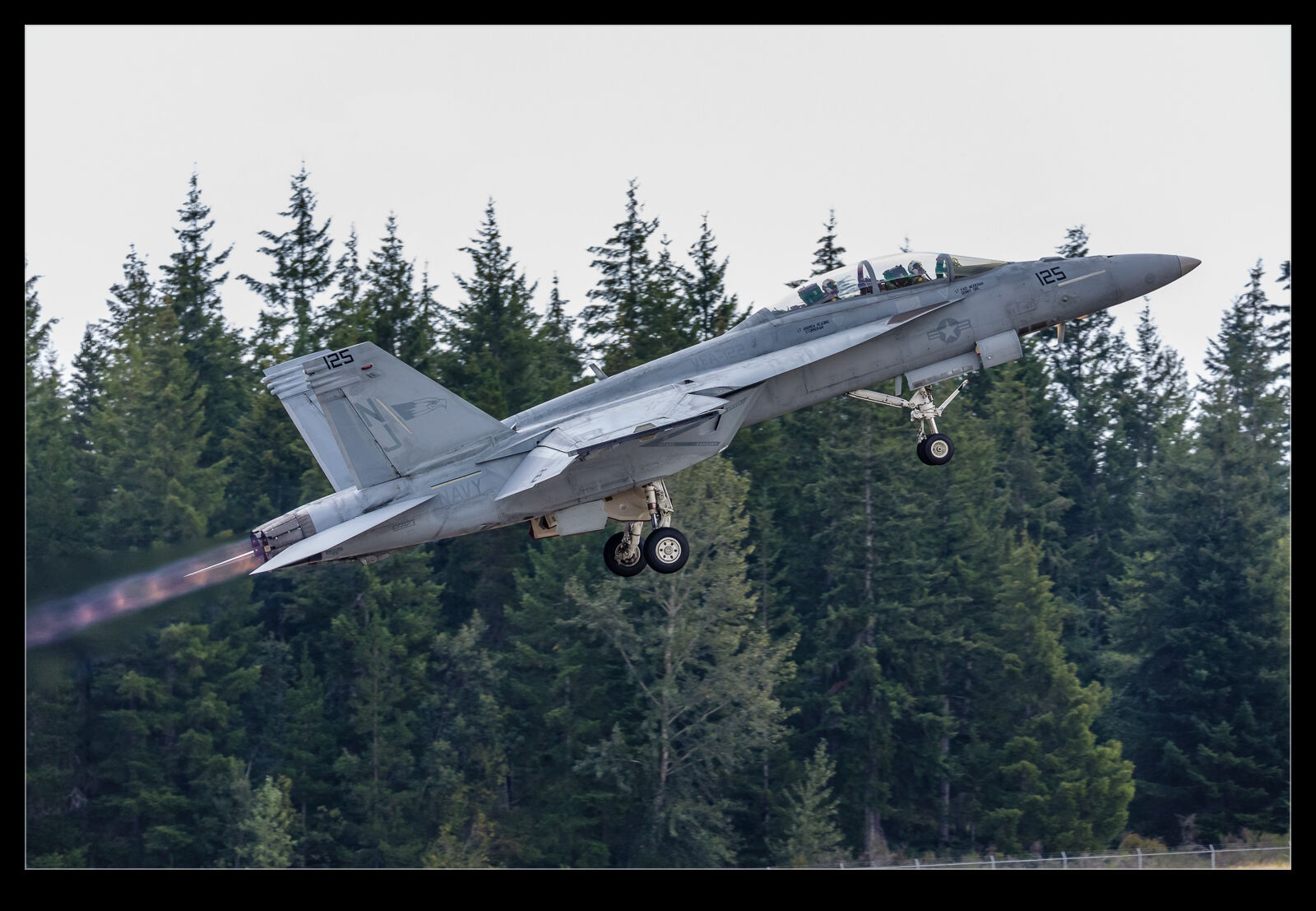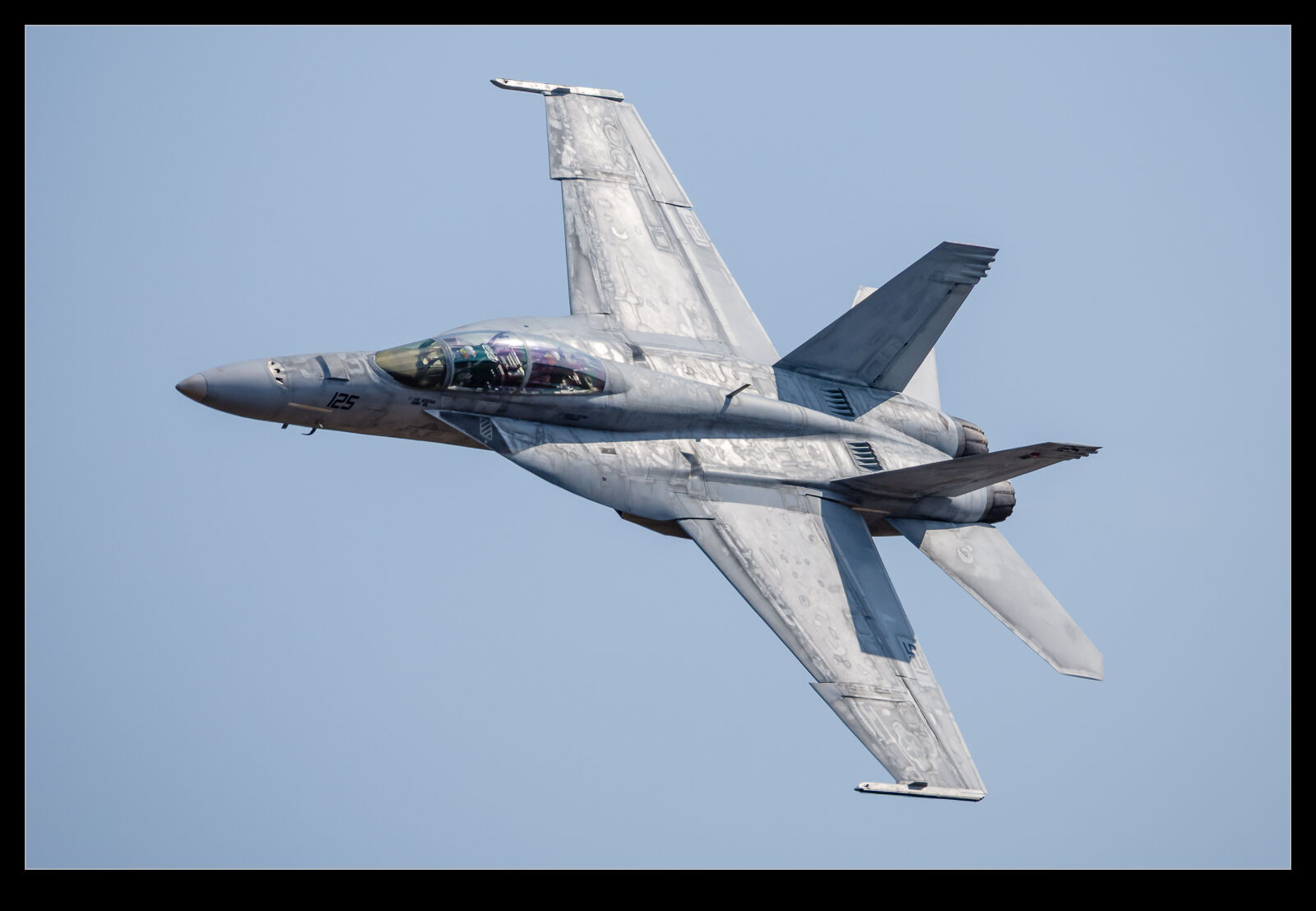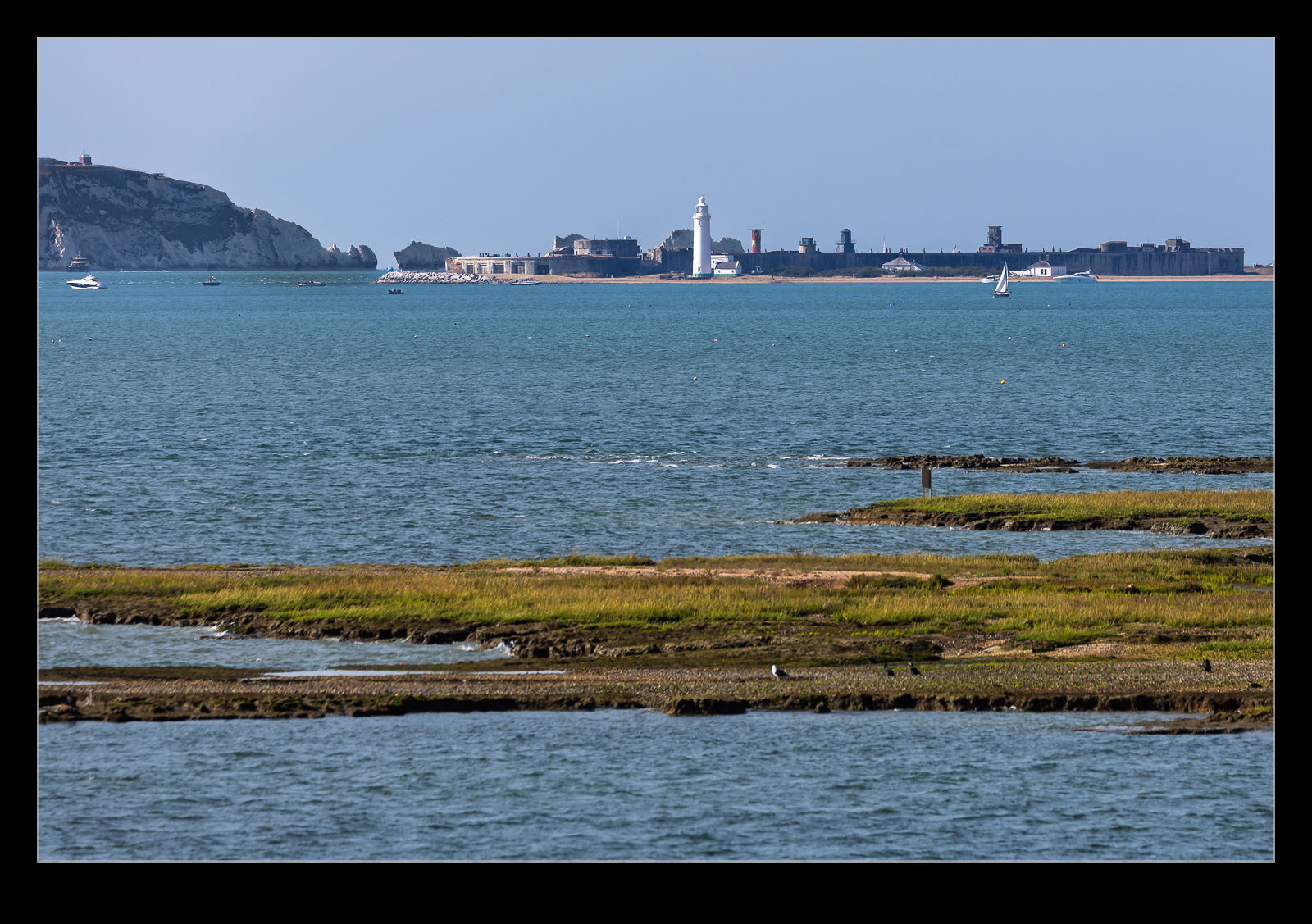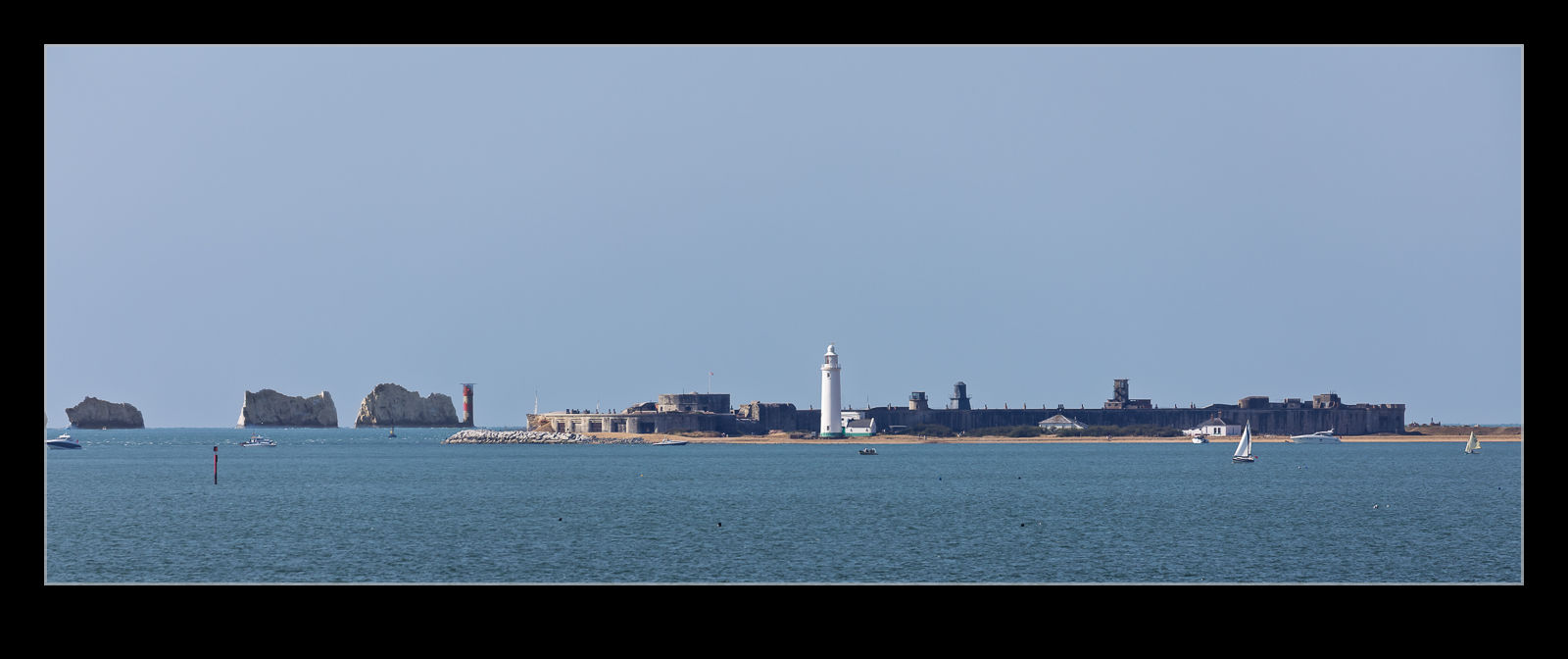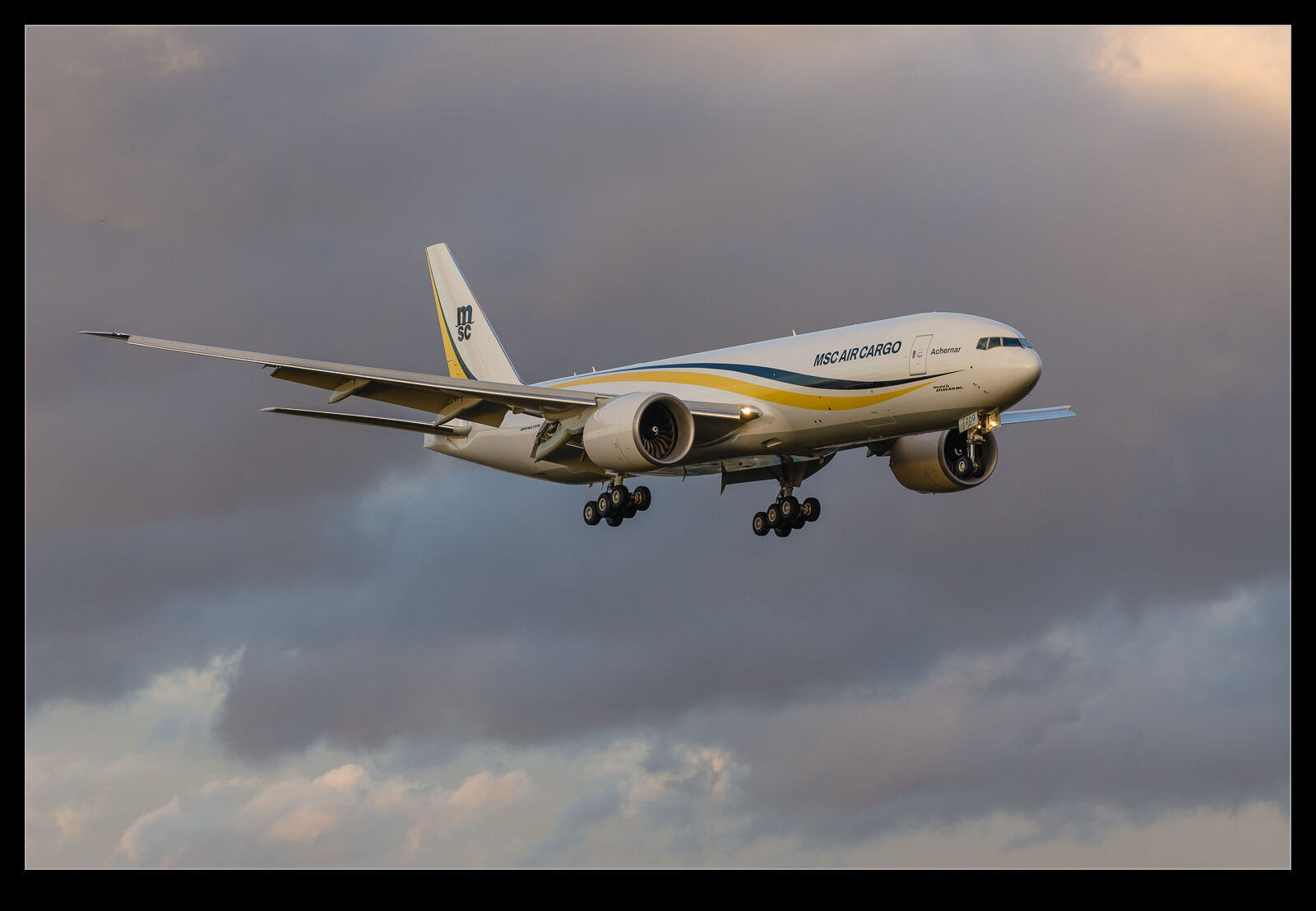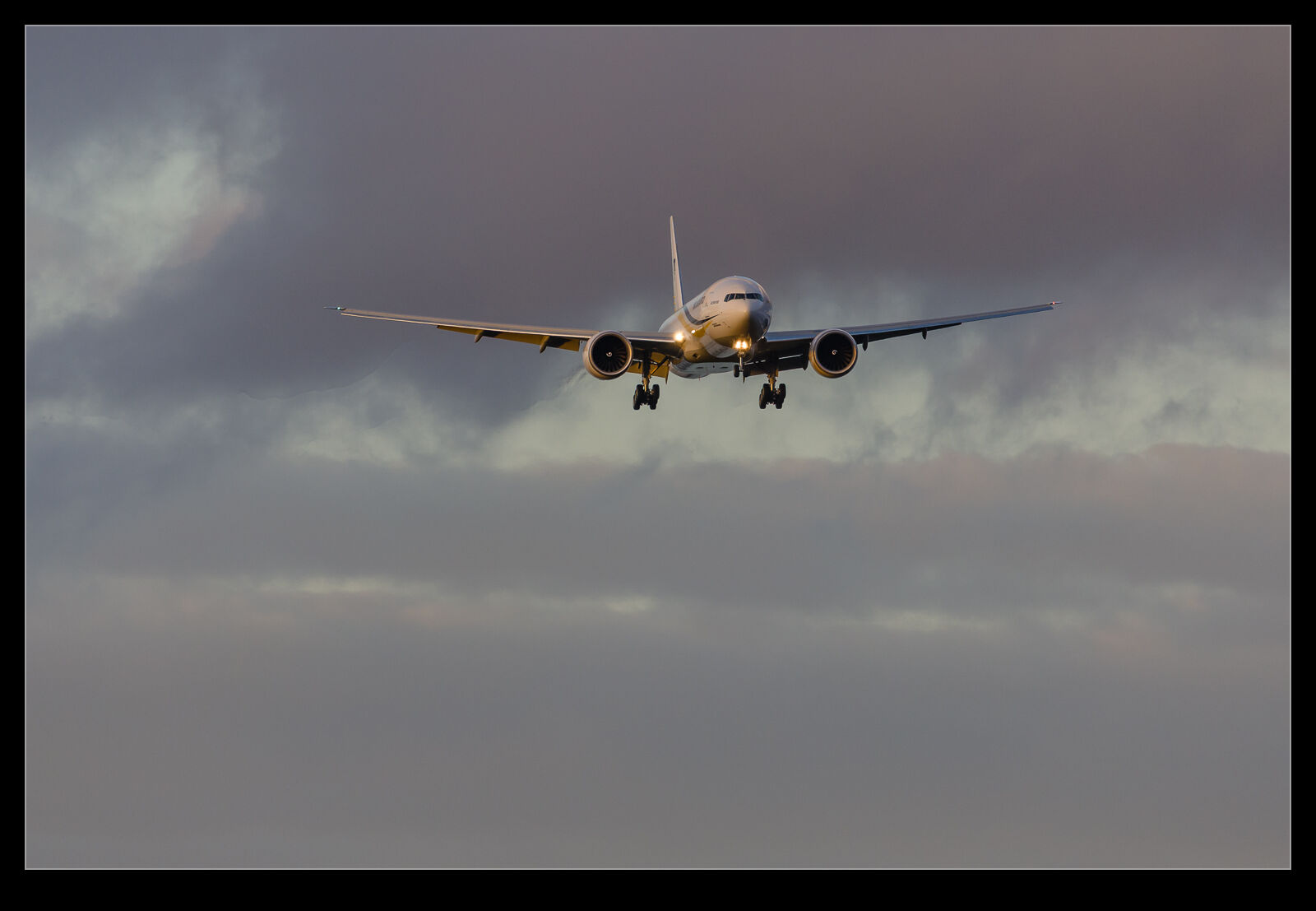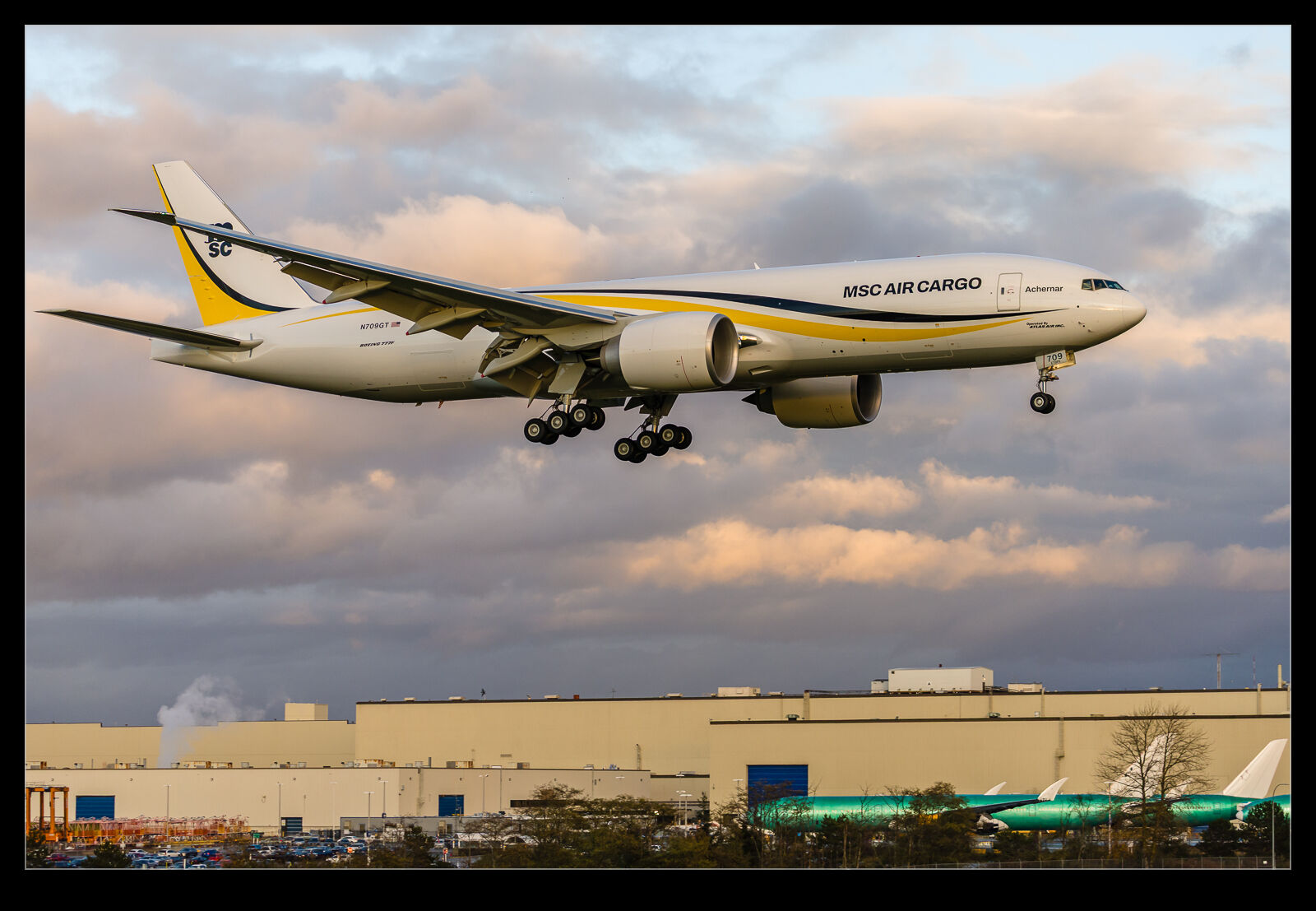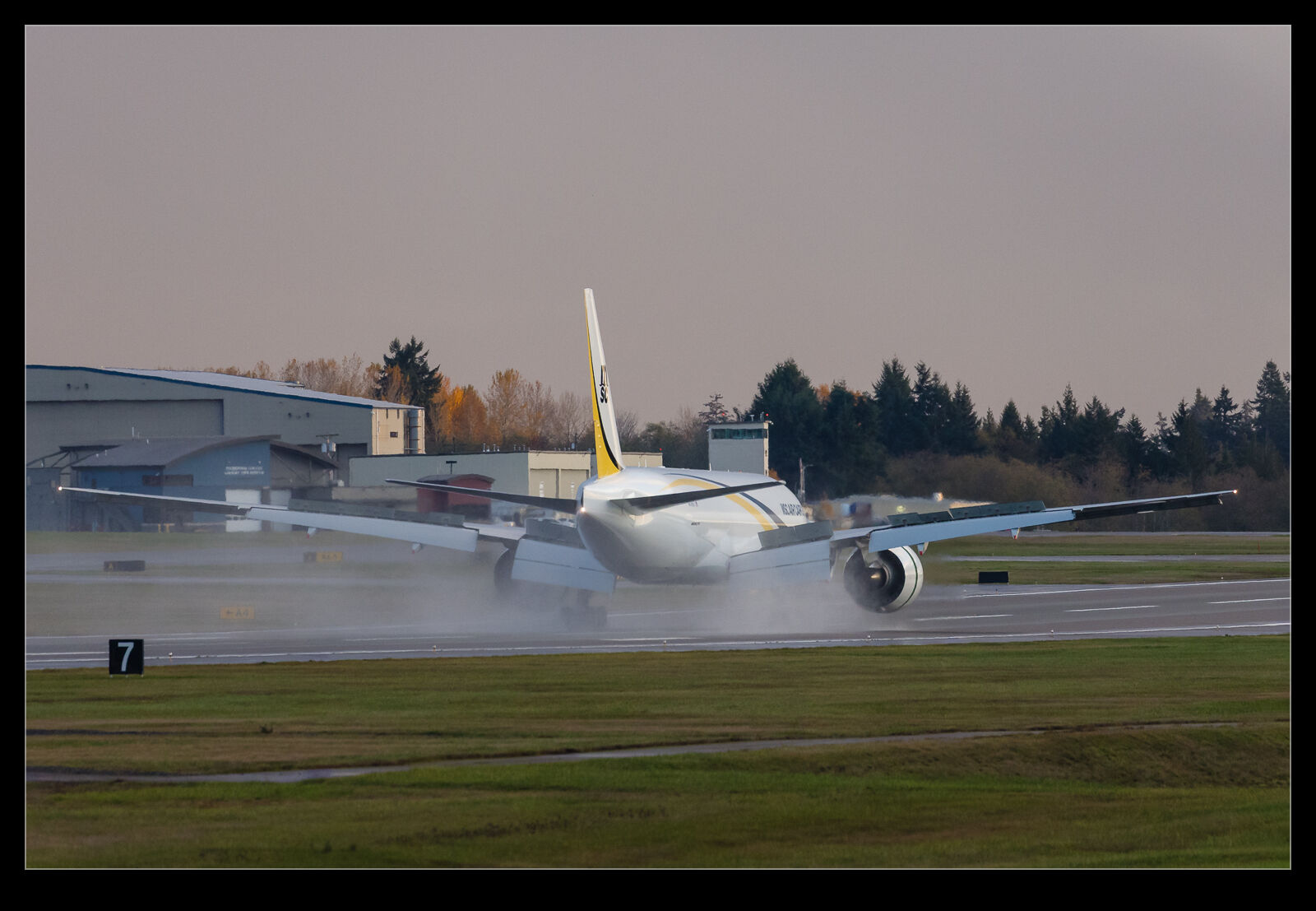 In an earlier post, I had shared some images of and A340-600 operated by European Cargo that I saw at Bournemouth. What I didn’t include in that post was any images close to the rotation point, despite me having been well positioned for that. When I say well positioned, I omit one key element which is that there was a fence between me and the plane, and I wasn’t able to photograph above the fence. Shooting through it was the only option.
In an earlier post, I had shared some images of and A340-600 operated by European Cargo that I saw at Bournemouth. What I didn’t include in that post was any images close to the rotation point, despite me having been well positioned for that. When I say well positioned, I omit one key element which is that there was a fence between me and the plane, and I wasn’t able to photograph above the fence. Shooting through it was the only option.
I tried a couple of things to mitigate the issue with the fence. First, I was as close to it as possible to take the fence wires as far out of focus as possible. I was also shooting wide open – again to try and throw the wires out of focus. The last thing I tried was to go with a low shutter speed to smear the wires as I panned. With this combination, I was hopeful that I wouldn’t really have the wires in the shots. I was wrong.
 When I took a look at the shots, the fence was very obvious. I did start to wonder whether it would have been better to have the wires well defined as maybe that would be easier to remove. However, too late for that as the shots were done. Now to see if there was anything I could do to recover them to something usable (and by usable, I mean that might be shareable but nothing that was going to be a great publishable image).
When I took a look at the shots, the fence was very obvious. I did start to wonder whether it would have been better to have the wires well defined as maybe that would be easier to remove. However, too late for that as the shots were done. Now to see if there was anything I could do to recover them to something usable (and by usable, I mean that might be shareable but nothing that was going to be a great publishable image).
I tried some of the healing tools in Lightroom to see if that would work. I was getting nowhere fast – possibly a sign of how little I understand the capabilities of the tools or maybe they are just not the right thing. Then I decided to try something else. Because of the way I had shot the image, none of the airframe was obscured. There was just the grey overlay from the fence. That made me think that it was more like a darker area of the shot. I decided to use the brush tool in the masking panel and draw some lines that were heavily feathered across the lines that the fence wire created. Having made a grid of these, I then bumped up the exposure for the mask.
The result was surprisingly effective. However, I then ended up with some overly bright areas at the edge of the mask. A rework of the mask to change the size and the feather amount and this time the result was pretty good. There were a few areas that were still a touch dark and I used a large, soft brush to address those parts. If you know what the original image looked like, you will probably spot the remnants of the work. If you had never known before, it’s possible that you might not notice how much work had been done on this.
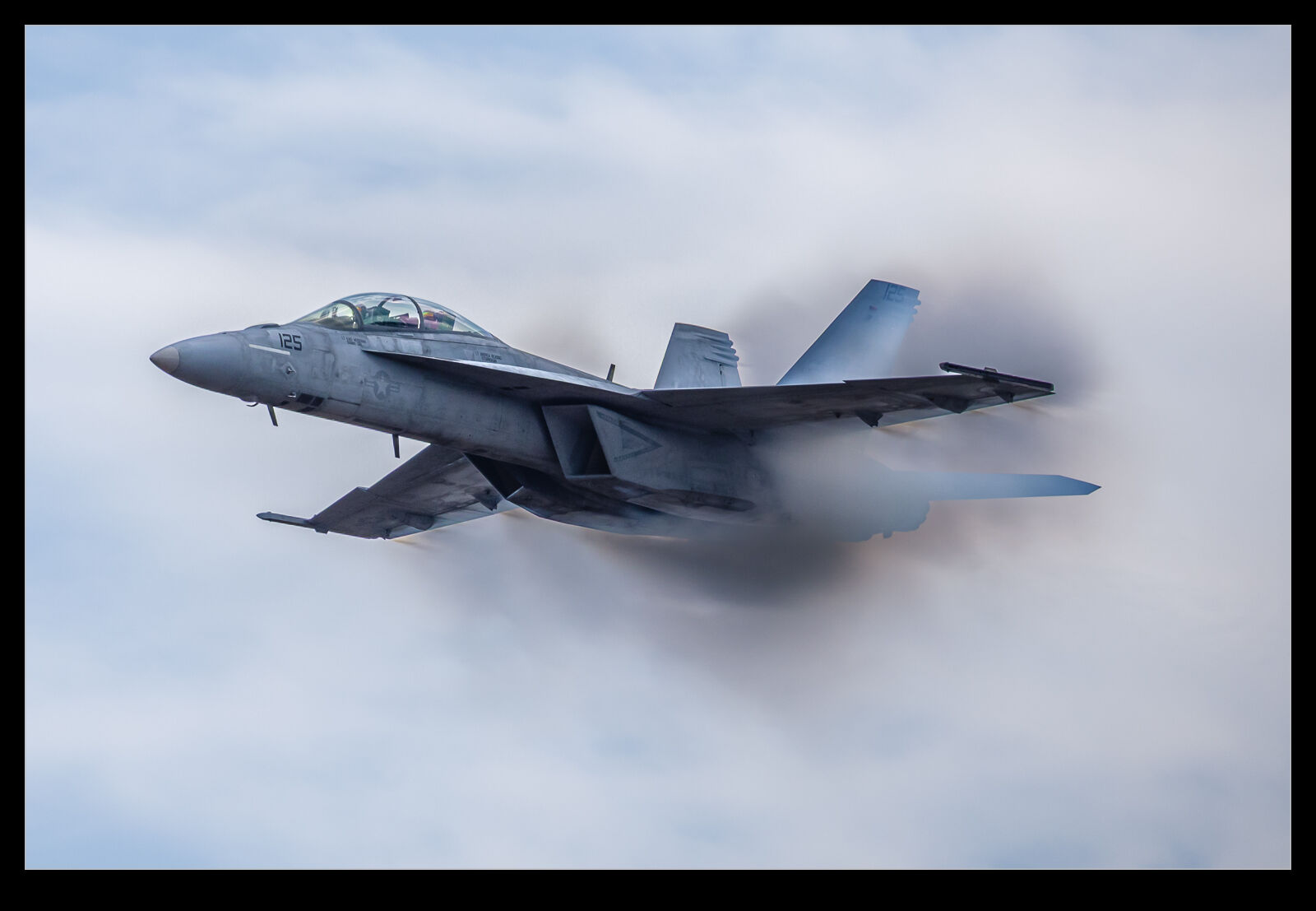 One of the last air shows I attended before we left the Pacific Northwest was at Bremerton. The unusual thing about this air show was that I didn’t head there alone. Instead, Nancy came along with me. It is a long time since she last came to a show with me, but the good news was that she enjoyed it! One of the parts of the show that she found the best was the US Navy’s Super Hornet display. They ripped up the sky for a while. Their blast across the field from crowd rear particularly amused her!
One of the last air shows I attended before we left the Pacific Northwest was at Bremerton. The unusual thing about this air show was that I didn’t head there alone. Instead, Nancy came along with me. It is a long time since she last came to a show with me, but the good news was that she enjoyed it! One of the parts of the show that she found the best was the US Navy’s Super Hornet display. They ripped up the sky for a while. Their blast across the field from crowd rear particularly amused her!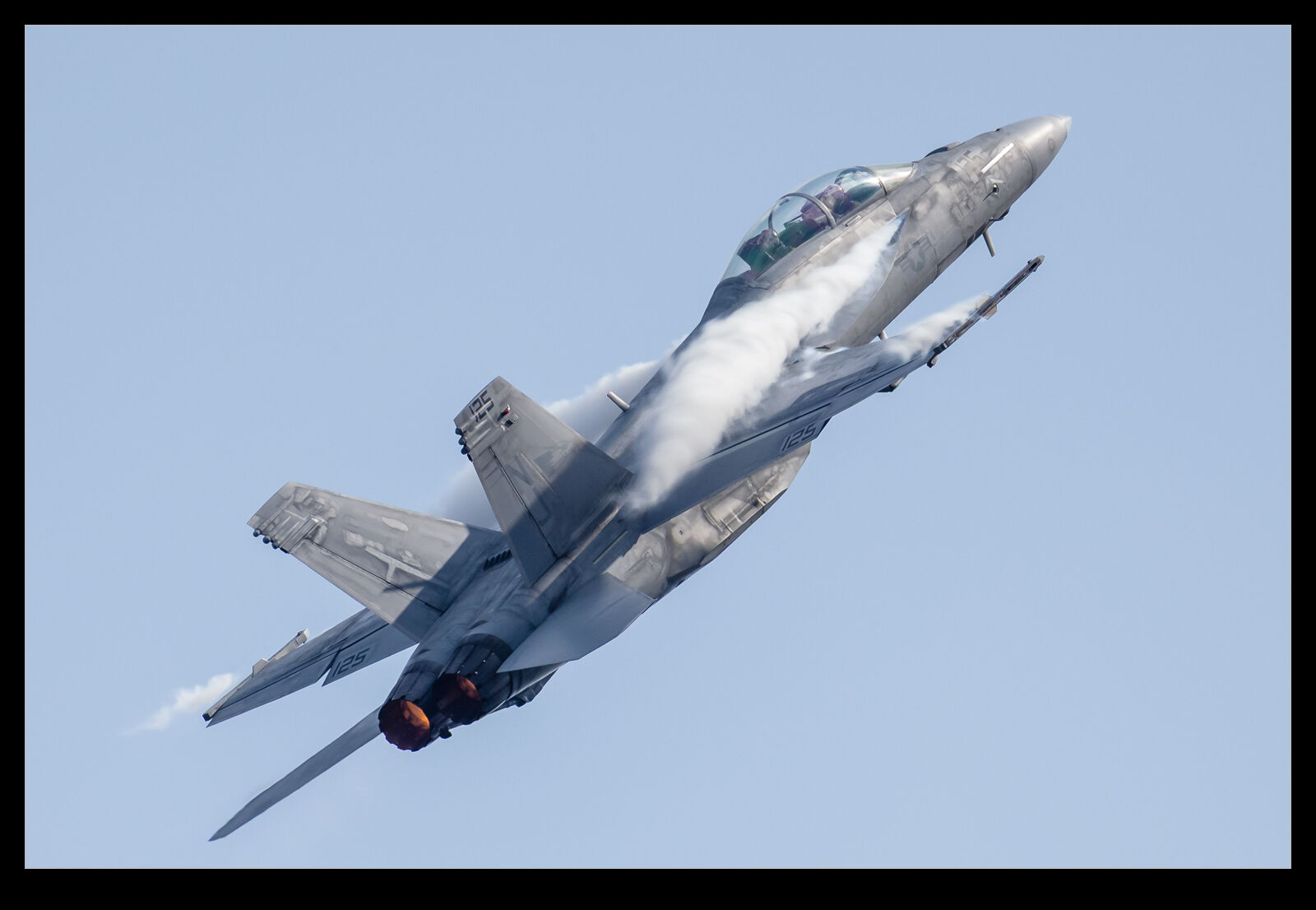 The conditions not ideal from a lighting point of view but there was humidity in the air with the upside that the jet was created plenty of spluff. One of the passes in particular created a lot of cloud activity. It made for a difficult image to process given the contrast with the cloudy background and that its own clouds needed not to be over exposed. I suspect I shall probably try reprocessing this again in the future as either my techniques improve, or the software gets more advanced. I did have a bit too much lens for the closest part of the pass – oh well…
The conditions not ideal from a lighting point of view but there was humidity in the air with the upside that the jet was created plenty of spluff. One of the passes in particular created a lot of cloud activity. It made for a difficult image to process given the contrast with the cloudy background and that its own clouds needed not to be over exposed. I suspect I shall probably try reprocessing this again in the future as either my techniques improve, or the software gets more advanced. I did have a bit too much lens for the closest part of the pass – oh well…